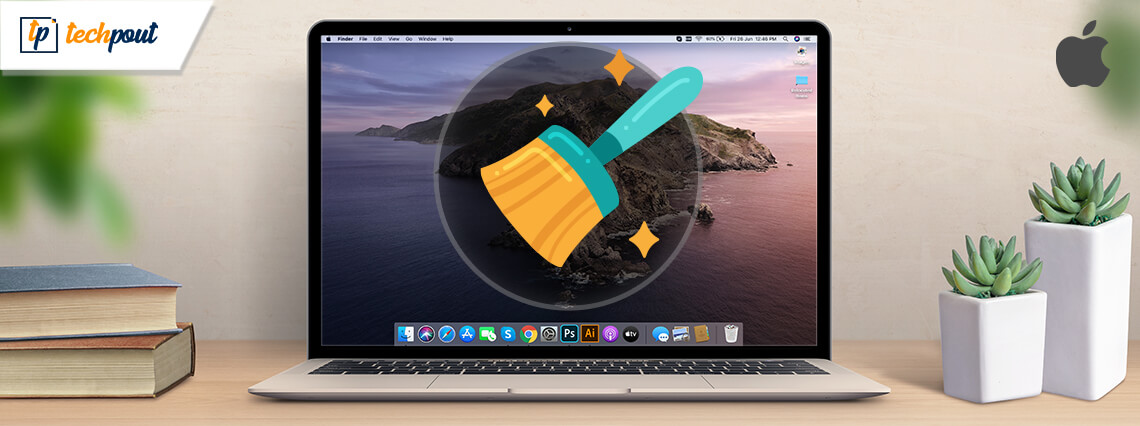

The newer version of APFS not only supports Fusion Drives, but is significantly better in many respects, and it’s disappointing that Apple hasn’t seen fit to update the version in High Sierra. If you have a choice, for many users Mojave has proved a significant step forward from High Sierra. If you want to upgrade to either High Sierra or Mojave, you’ll be best replacing old internal storage with a decent-sized SSD, ideally 500 GB or more. Although some users have managed to get Mojave to boot from HFS+, your boot drive should normally be in APFS format, and that again probably isn’t wise for an ageing hard disk or Fusion Drive. In High Sierra, APFS doesn’t run on Fusion Drives, and shouldn’t be your choice for hard disks either. If your Mac is still booting from its original internal hard disk or Fusion Drive, then upgrading to High Sierra or Mojave might not be good news anyway, because of APFS. This varies by model, and if you haven’t checked carefully, it would be wise to do so soon. If your Mac’s more than about seven years old, you’re probably not going to be able to upgrade it to Mojave, but at best will be stuck with High Sierra or earlier. One fundamental determinant is your Mac model and its hardware capabilities. Now’s the time to decide what you do next. From this autumn/fall, you’re on your own, and any vulnerabilities which remain in Sierra and its bundled apps will be left unfixed, as they are for all previous versions of macOS.

If you’re still running Sierra, the release of Catalina is expected to affect you greatly: if Apple sticks to its longstanding policy, that marks the end of security fixes and support for macOS 10.12. I appreciate that your mileage may vary considerably, though. With the exception of one major bug in the scheduling of automatic Time Machine backups, which wasn’t fixed until High Sierra, for a great many Macs and their users it was largely trouble-free. Sierra has to have been one of the best recent major versions of macOS.


 0 kommentar(er)
0 kommentar(er)
